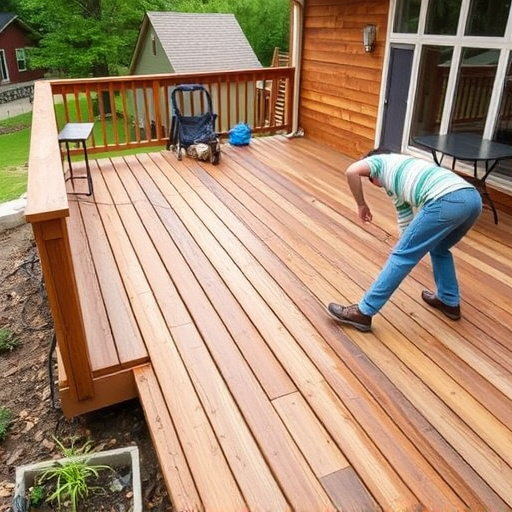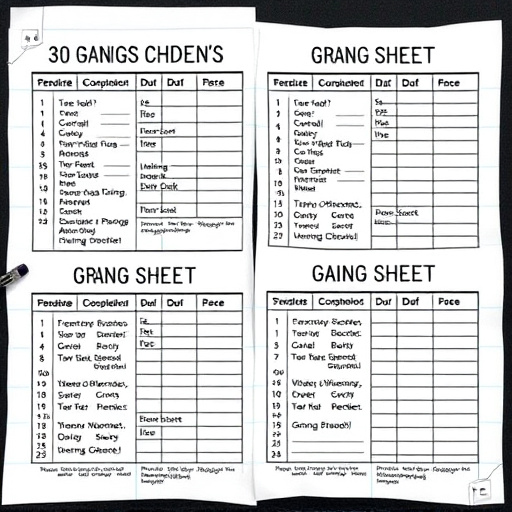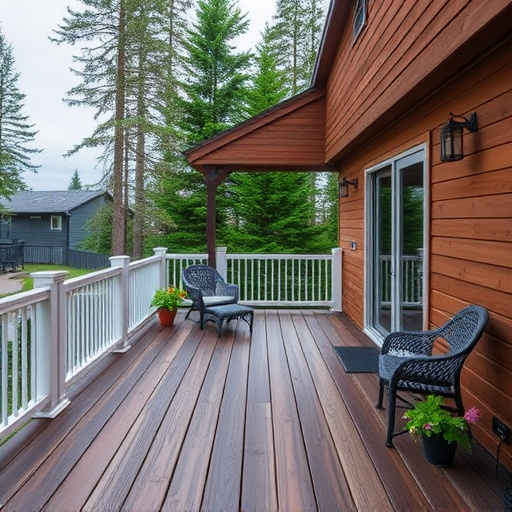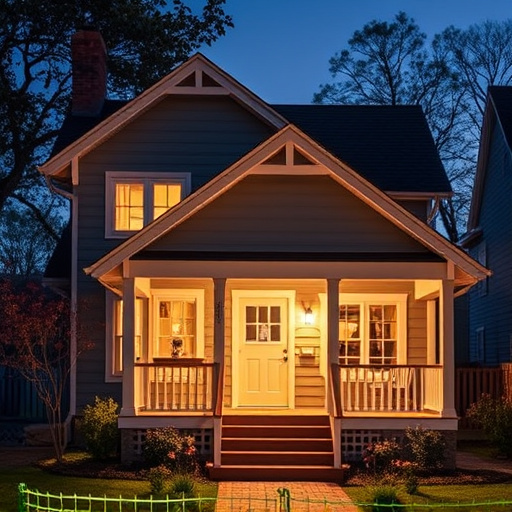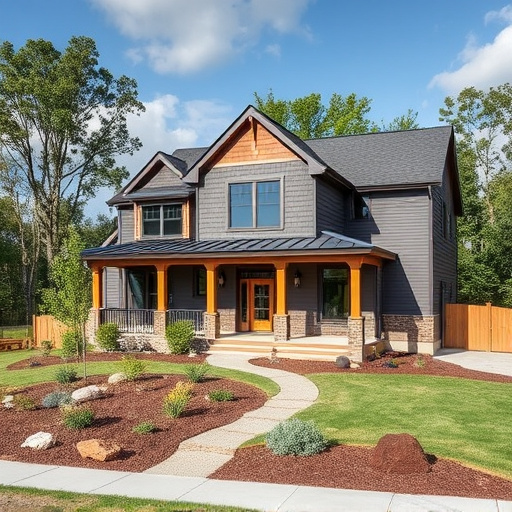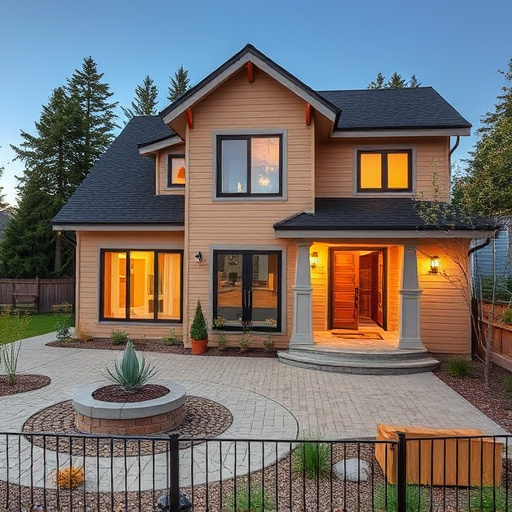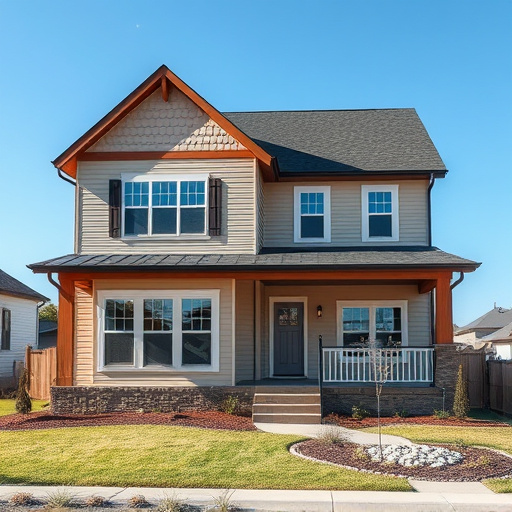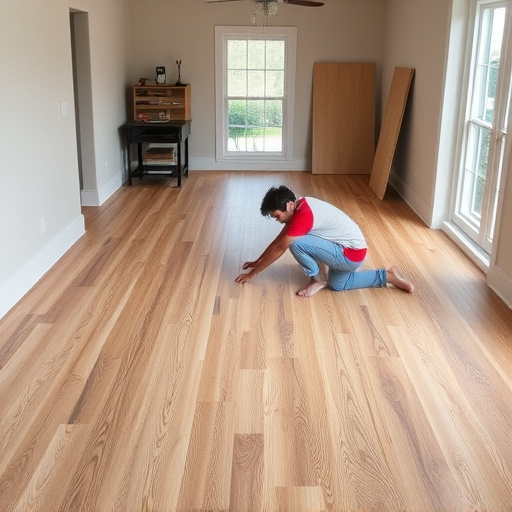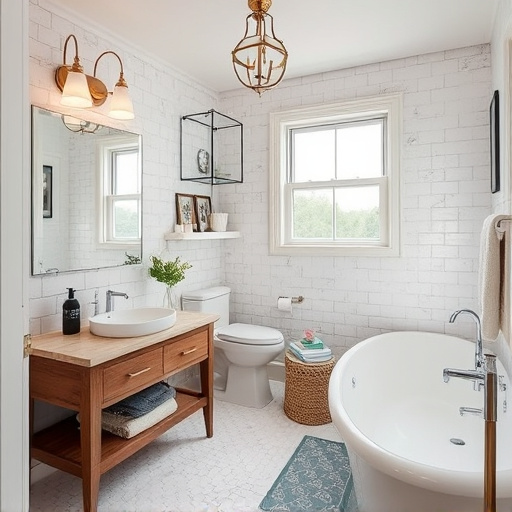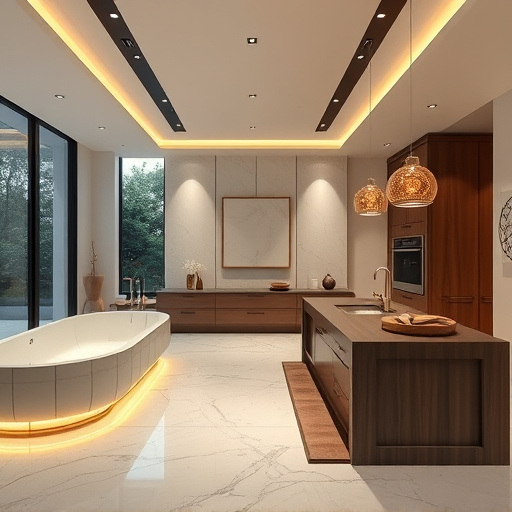Before hiring an interior designer, define your project scope, aesthetic vision, and budget constraints. Create mood boards and communicate preferences clearly during consultations. This ensures a designer aligned with your goals can deliver tailored solutions, resulting in a satisfying and functional home transformation.
Hiring an interior designer is a significant step in transforming your space, but it’s not without potential pitfalls. This guide aims to equip you with essential knowledge to navigate the process smoothly. From understanding your own needs and defining project scope, to researching designers and establishing clear communication channels, these steps are crucial for a successful collaboration. By avoiding common mistakes, you’ll ensure a seamless interior design journey that meets your expectations and delivers breathtaking results.
- Understanding Your Needs and Goals
- – Clarifying your vision and style preferences
- – Defining project scope and budget constraints
Understanding Your Needs and Goals
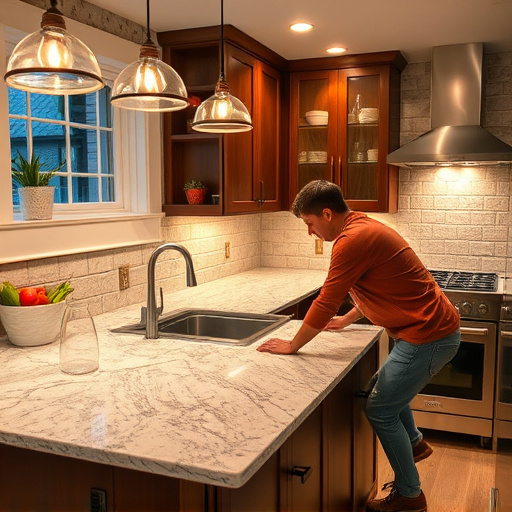
Before engaging an interior designer, it’s vital to have a clear understanding of your needs and goals. This step is crucial for successful home transformations, whether it’s simple redecorating or extensive renovations like bathroom additions or home extensions. Take time to define what you want to achieve; is it enhancing specific rooms, creating functional spaces, or entirely revamping your living areas? Knowing the scope of work helps in selecting a designer who aligns with your vision and has the expertise for projects ranging from minor makeovers to comprehensive home improvements.
Clearly communicating your expectations ensures that the chosen interior designer can deliver tailored solutions. For instance, if you’re planning a major overhaul, discuss ideas for bathroom renovations or home additions in detail. This open dialogue allows the designer to create a bespoke plan that not only meets but exceeds your aspirations, resulting in a space that is both aesthetically pleasing and functional.
– Clarifying your vision and style preferences
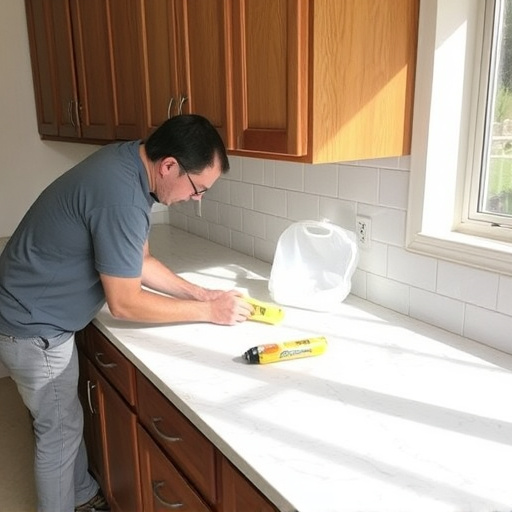
Before you begin your search for an interior designer, it’s crucial to have a clear vision of what you want. Take time to define your style preferences and create a mood board or collection of images that represent your ideal space. This process will help you communicate your unique tastes effectively when meeting with potential designers. When discussing your project with an interior designer, be specific about your likes and dislikes. Mention any design trends or styles you admire, such as modern, minimalist, or rustic, and explain why these resonate with you.
Additionally, consider the scope of work you envision for the designer. Are you looking for someone to handle a single room, like a bathroom renovation, or do you require their expertise for complete customized home renovations? Clearly establishing these expectations from the beginning will ensure a smoother collaboration and help you avoid misunderstandings later on, allowing you to focus on transforming your space with confidence.
– Defining project scope and budget constraints
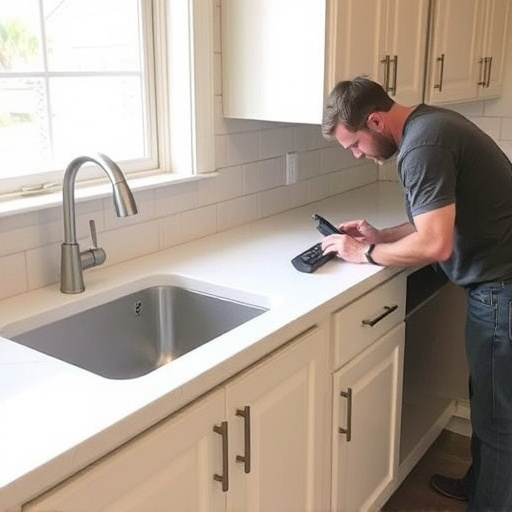
Before engaging an interior designer, it’s crucial to define your project scope and budget constraints. This step is fundamental in ensuring a successful partnership. Clearly communicate what you envision for your space—whether it’s a complete home remodel or specific room transformations—and set realistic financial boundaries. An open dialogue about these aspects allows the designer to tailor their approach and propose solutions that align with both your aesthetic preferences and budget.
By establishing these parameters upfront, you can avoid missteps like exceeding financial limits or being disappointed by the final outcome. It also facilitates a more productive working relationship, as the interior designer can focus on delivering customized work that meets your expectations for functional spaces without unnecessary complications or costs.
When hiring an interior designer, clarifying your vision, style preferences, and budget is crucial. By understanding your needs and setting realistic expectations, you can ensure a smoother design process and achieve a space that truly reflects your tastes. Remember, open communication with your chosen interior designer is key to transforming your space into a beautiful and functional haven.
